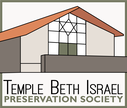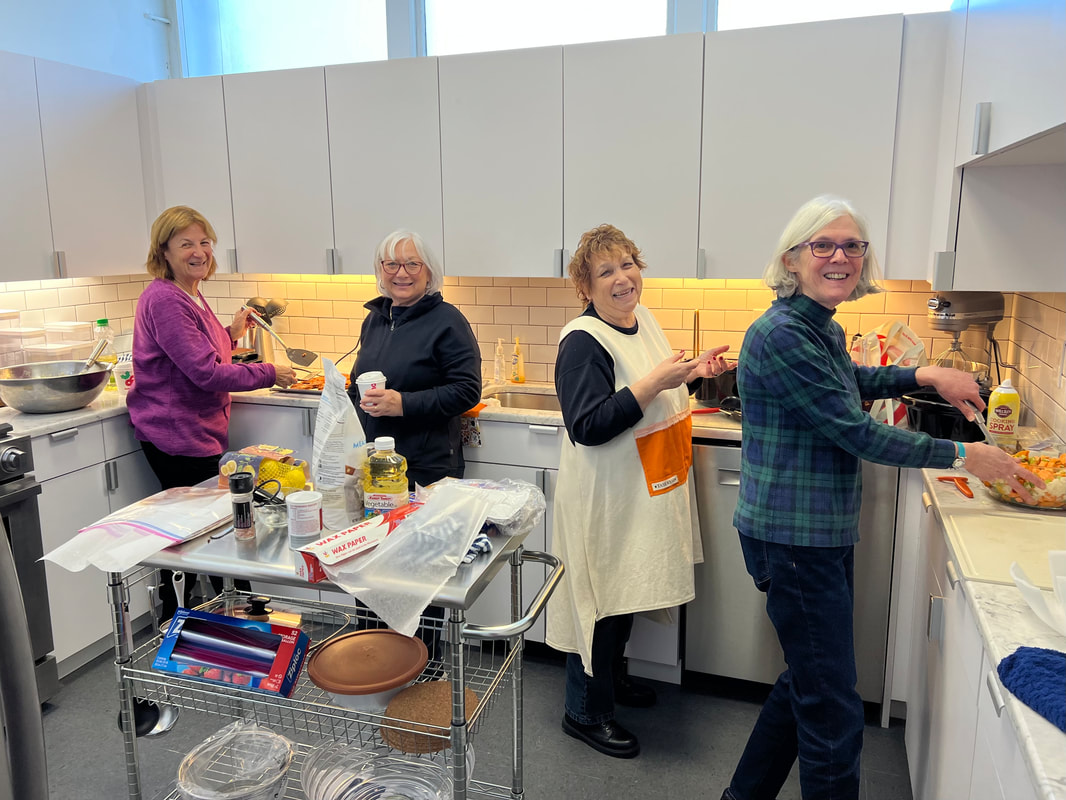|
The Preservation Society received a grant from the State of Connecticut Department of Emergency Services & Public Protection to assist in enhancing security at our historic building. In early January Marcus Communications installed an upgraded surveillance camera system and new access controls for the building's exterior doors. The system consists of nine surveillance cameras - six external and three internal - which provide 24/7 video surveillance which is accessible remotely to all members of the organization's security committee. The cameras record all activity in and around the building and the recordings are stored in the cloud for viewing and analysis of any incidents that may occur. Additionally, exterior doors are now equipped with video intercoms which provide electronic remote access control. Finally, the system provides for panic buttons which enable immediate lockdown of entry doors and direct notification to the the Society's alarm company with telephone ties to local police.
These security enhancements are made in a time of increased hostility displayed toward Jews and Jewish institutions in the United States. In 2021, the Anti Defamation League recorded 2,717 antisemitic incidents, a 34% increase when compared to 2020. This is the highest number on record since ADL began tracking antisemitic incidents in 1979. The Preservation Society is committed to remaining vigilant in the face of this increased hostility and taking all reasonable measures to keep its members and guests safe. The Preservation Society has cancelled this year's Community Passover Seder. Our building sustained damage from burst heating pipes during the deep freeze that occurred over the weekend of February 4-5. Remediation efforts are underway and we hope to have the building restored and back in use by early summer. We wish all our friends happy and meaningful Passover and Easter observances.
On December 11, 2022 TBIPS dedicated its new fireplace in honor of Chris Bell. It dedicated its newly renovated kitchen in honor of the women of the sisterhood who spent many hours preparing food for holidays and special events. The fireplace lighting and the kitchen ribbon cutting were accompanied by ancient rituals and followed by a luncheon which was prepared in the new kitchen and featured Hanukkah latkes, vegetarian chili and other delicious treats. Luncheon was followed by the traditional Rev. Greg Thomas Chai Stakes Dreidl Tournament. There were speeches, singing, laughter and an all around good time enjoyed by a nice turnout of guests from throughout the community.
The 67th Annual Interfaith Thanksgiving Service was held this year at the Federated Church of Christ in Brooklyn on Tuesday, November 22, 2022 at 7:00 pm. The Federated Church and Temple Beth Israel have taken turns hosting this spiritually uplifting event for the past 67 years. Guests were encouraged to bring canned foods for Friends of Assisi. Donations were collected to support the local Fuel Bank and Refugee Resettlement. It was a wonderful evening.
The Jewish High Holidays are rich with themes and stories that exemplify the Jewish commitment to justice. The rituals we have developed at Temple Beth Israel over time celebrate these important values. The Jewish New Year is the perfect time to renew our commitment to building a better world.
After holding services entirely online for the past two years, this years rituals were hybrid. Dozens of participants from all over the country joined the Preservation Society online and in person as we welcomed a New Year with a mix of traditional and contemporary song, prayer, poetry and readings. Services were held at our historic Temple on Killingly Drive in Danielson. We also streamed all of our services online via Zoom. Rosh Hashanah service: Monday, Sept 26 at 9:30 am. The service was followed by a novel Tashlikh Service. Erev Yom Kippur-Kol Nidre service: Tuesday, Oct 4 at 6:00 pm. Yom Kippur service: Wednesday, October 5 at 9:30 am. This service included a Yizkor memorial service and the reading of names of departed friends, family members and members of the community. Names were read by Paula Rosenberg Bell and Sheri Abrams. Services were led by Marty Drobiarz, Rosa Drobiarz Goldblatt, Rachel Goldblatt, Leah Abrams and Norman Berman. Torah readings were pre-recorded by Alan Turner and Peter Granoff. The entire service was displayed online for remote participants who were called to the Torah and participated in readings. We wish all of our friends a Happy, Healthy and Prosperous New Year. May we all be inscribed in the Book of Life! |
© All Rights Reserved - Temple Beth Israel Preservation Society 2024


 RSS Feed
RSS Feed